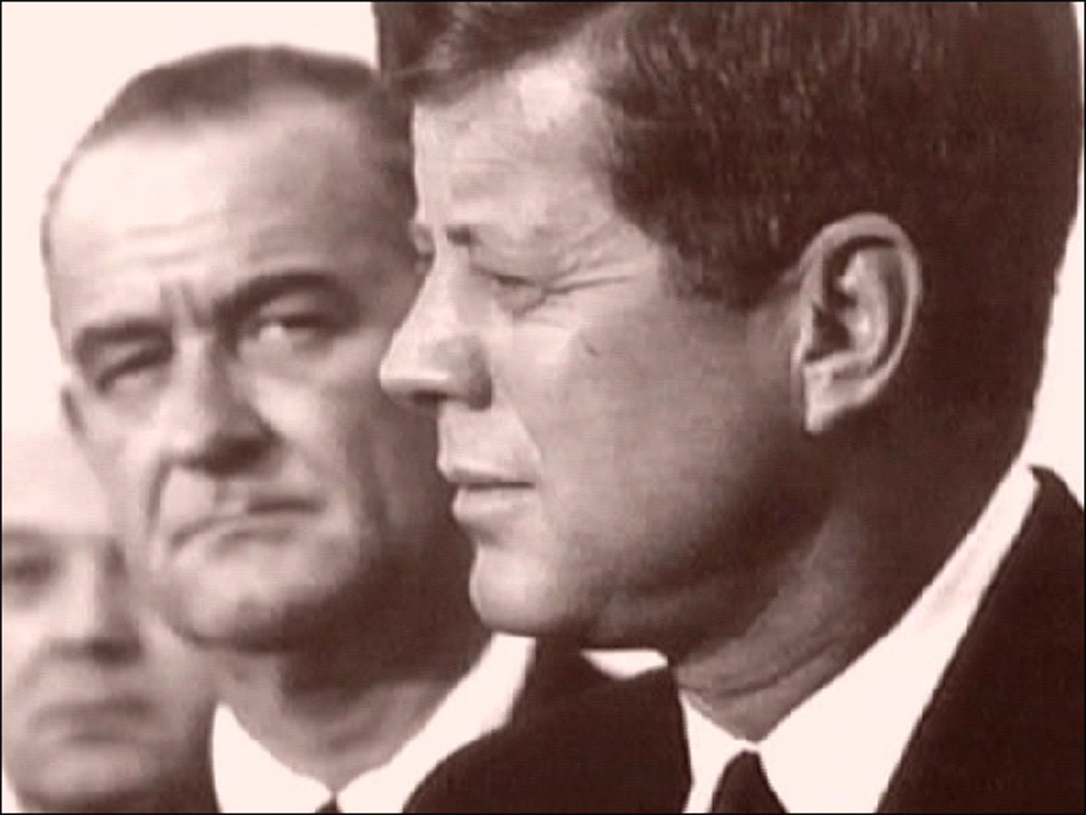 | ||
 | ||
"It is the meloncholy law of human societies
to be compelled sometimes to choose a great evil
in order to ward off a greater evil."
-Lyndon Baines Johnson
Some years ago, I received a package containing several CDs. There was no letter or note enclosed and there was no return address. Thinking it was a book promotion or some other commercial product for me to review, I gave it a low priority. The CDs remained on a corner of my desk for several weeks until I finally played them.
Instead of some commercial video describing the usual topics of "Cosmic Consciousness" or the "Hall of Records in Egypt," the CD had a number of somewhat rough segments containing interviews with some famous individuals. It also had some files containing scans of a variety of documents which were supported by the narratives in the interviews.
The topic of the collection was familiar to me -- the assassination of president John Kennedy. But the evidence and conclusion of the data was new to me. As I reviewed the CDs and checked the validity of the documents it became obvious to me that the murderer of JFK was known. Most surprising was the realization that the guilty party had been known for some time, but aggressively supressed. It was Lyndon Baines Johnson!
I spent a couple of weeks checking the sources and validity of the facts presented on the CD. Sadly, they are all true. It's a shocking story and a sad one. It reveals not only the evil that once existed, but reminds us of the evil that still exists in our country. It's a story about power, greed, sex and drugs. It's an American story. Here is what it told:
The Smoking Gun?
When president Kennedy was shot in Dallas, Texas in 1963, police and the FBI stormed the Texas Book Depository and located a rifle near an open window. The so-called "sniper's nest" had been made by arranging several cardboard boxes so as to both hide the shooter from anyone who might have been on the 6th floor at the time and also to support the rifle while the shooter took aim from the window overlooking the president's motorcade.
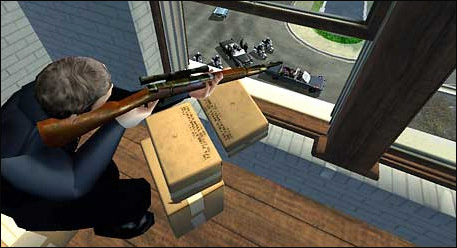
Investigators scoured the scene for fingerprints but the rifle and the boxes had apparently been wiped clean. The only forensic element that could possibly identify the killer was a partial fingerprint that was lifted from one of the cardboard boxes.
In an attempt to identify this print, officials took the prints of everyone who worked at the Book Depository, including the main suspect, Lee Harvey Oswald. They also compared this print to police and FBI agents who had access to the crime scene, but the print remained an enigma.
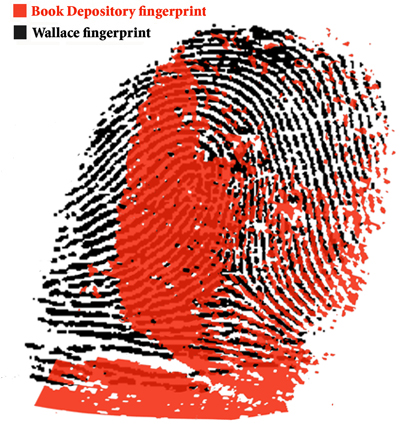
The print, as it turns out, belongs to Malcolm Wallace, the long time friend and associate of president Lyndon Baines Johnson.
Those unfamiliar with the methods of matching fingerprints may want to quickly review the protocols in a recent viewzone article on the subject. Unlike the visual convergence that is shown on TV shows like CSI [and the image above], most prints are not matched by this method. Fingerprints can become distorted, bent and stretched by the surface of various objects. The science of fingerprint analysis instead examines many unique features found in the fingerprint patterns. It is an exact science. A match is given a score based on the number of elements that are identical on any two sets of prints. A "match" is usually confirmed if there are at least 12 identical elements.
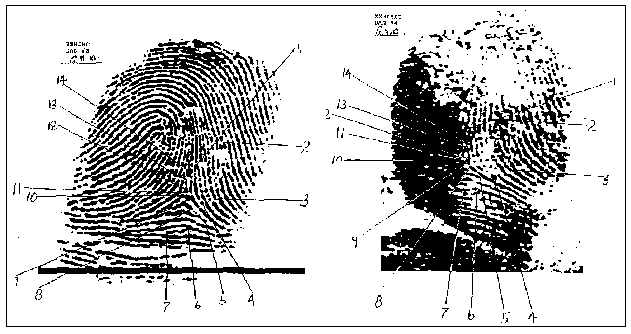
The prints from Dallas and Wallace match on 14 unique points. What's more intriguing is that a recent documentary on the subject obtained the analysis of a fingerprint expert who had done this type of work for 35 years. Upon his examination he found a correlation of 34 points. There's no doubt -- it's Wallace.
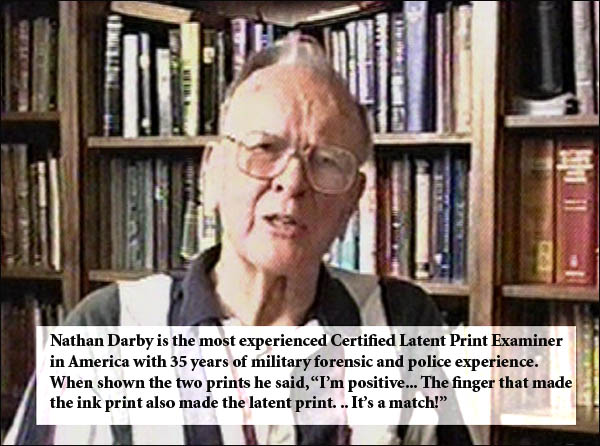
Who exactly is Malcolm Wallace?
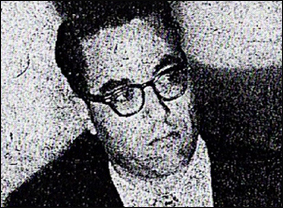 Malcolm Wallace was born and educated in Texas. He was an intelligent man who graduated from the University of Texas and was quickly recruited by Lyndon Johnson and given a job at the Federal Department of Agriculture.
Malcolm Wallace was born and educated in Texas. He was an intelligent man who graduated from the University of Texas and was quickly recruited by Lyndon Johnson and given a job at the Federal Department of Agriculture.
He first came to the attention of authorities when he was arrested in 1951, tried and convicted of killing a professional golfer named John Douglas Kinser. At the time, Kinser was having an affair with Lyndon Johnson's sister, Josefa -- and was also involved with Wallace's wife. Josepha was an alcoholic and drug user. She had a reputation for being promiscuous and, especially when she was high, she disclosed personal information and stories about Lyndon. It was feared that she might have already disclosed some illegal acivities about Johnson to Kinser, specifically certain activities he had engaged in during his race for the Senate.
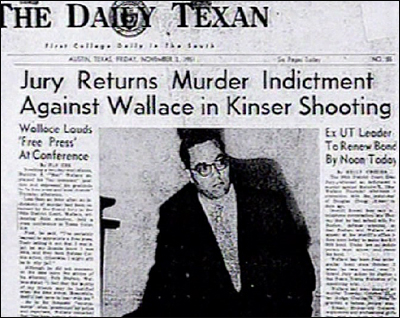
Kinser was gunned down in his golf club. Shortly after, Wallace was arrested and found guilty of First Degree Murder. During his 10 day trial, Wallace was represented by LBJ's own lawyer. Johnson took a room near to the courthouse and had runners keep him updated on the testimony and proceedings. To everyone's surprise, the trial concluded with Wallace receiving a 5 years suspended sentence!
Later, in 1961, Wallace again was implicated in another murder for Johnson. This time the victim was Henry Marshall, an official with the local Agriculture Department who had been investigating an illegal source of Johnson's funding. In 1961, State Agricultural Stabilization and Conservation official Henry Marshall was investigating a broad series of fraudulent government subsidies -- amounting to figures in the seven or eight digit range -- allotted to Billie Sol Estes, a close personal friend of Senate Majority Leader then Vice-President Lyndon B. Johnson. Marshall had uncovered a paper trail that was leading him closer and closer to Johnson himself. It is reported that all the guilty parties held a meeting at which Johnson gave the order, "Get rid of him."
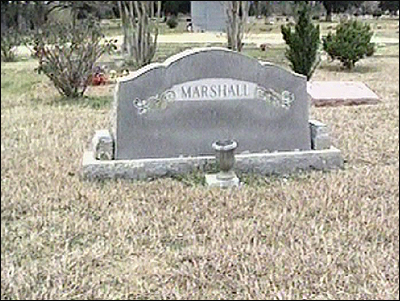
On June 3, 1961, Mac Wallace knocked Henry Marshall unconscious with a blunt object, fed the unconscious man carbon monoxide from a hose attached to Wallace's pick-up truck, then shot him five times with a bolt-action .22 caliber rifle and dumped him in a remote corner of Marshall's farm near Franklin, Texas. Justice of the Peace Lee Farmer pronounced the death a suicide and ordered Marshall buried without an autopsy -- over the protests of Marshall's widow. Despite this, the local authorities, under the influence of the Johnson gang, declared that he had "committed suicide."
Fearing that his sister might pose a threat to his political career, LBJ had more work for Wallace. On December 25, 1961, LBJ's sister, Josefa Johnson, was found dead in bed at her Fredericksburg, Texas home at 3:15 am. The cause of death was stated to be a brain hemorrhage. Josefa Johnson had returned home at 11:45 pm from a Christmas party at Lyndon Johnson's ranch. There was no autopsy and no inquest; the death certificate was executed by a doctor who was not present to examine the deceased. Ms. Johnson was embalmed on Christmas Day and buried on December 26th
We'll return to Wallace later in this article. But first, let's take a closer look at the "boss" -- LBJ.

From Wikipedia, the free encyclopedia
John Fitzgerald Kennedy (May 29, 1917 -- November 22, 1963), commonly known as "Jack" or by his initials JFK, was the 35th President of the United States, serving from January 1961 until he was assassinated in November 1963.
After military service as commander of Motor Torpedo Boats PT-109 and PT-59 during World War II in the South Pacific, Kennedy represented Massachusetts' 11th congressional district in the U.S. House of Representatives from 1947 to 1953 as a Democrat. Thereafter, he served in the U.S. Senate from 1953 until 1960. Kennedy defeated Vice President and Republican candidate Richard Nixon in the 1960 U.S. presidential election.
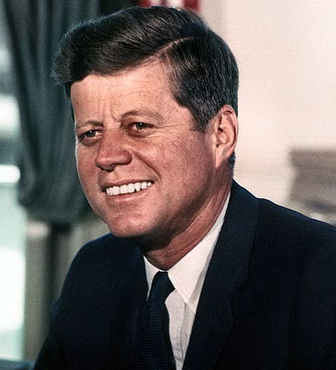
At age 43, he was the youngest to have been elected to the office, the second-youngest president (after Theodore Roosevelt), and the first person born in the 20th century to serve as president. A Catholic, Kennedy was the only non-Protestant president, and was the only president to have won a Pulitzer Prize. Events during his presidency included the Bay of Pigs Invasion, the Cuban Missile Crisis, the Space Race -- by initiating Project Apollo (which would culminate in the moon landing), the building of the Berlin Wall, the African-American Civil Rights Movement, and early stages of the Vietnam War. Therein, Kennedy increased the number of military advisers, special operation forces, and helicopters in an effort to curb the spread of communism in South East Asia. The Kennedy administration adopted the policy of the Strategic Hamlet Program which was implemented by the South Vietnamese government. It involved certain forced relocation, village internment, and segregation of rural South Vietnamese from northern and southern communist insurgents.
Kennedy was assassinated on November 22, 1963, in Dallas, Texas. Lee Harvey Oswald was accused of the crime and arrested that evening, but Jack Ruby shot and killed him two days later, before a trial could take place.
The FBI and the Warren Commission officially concluded that Oswald was the lone assassin. However, the United States House Select Committee on Assassinations (HSCA) concluded that those investigations were flawed and that Kennedy was probably assassinated as the result of a conspiracy. Kennedy's controversial Department of Defense TFX fighter bomber program led to a Congressional investigation that lasted from 1963 to 1970. Since the 1960s, information concerning Kennedy's private life has come to light. Details of Kennedy's health problems with which he struggled have become better known, especially since the 1990s. Although initially kept secret from the general public, reports of Kennedy's philandering have garnered much press. Kennedy ranks highly in public opinion ratings of U.S. presidents.
